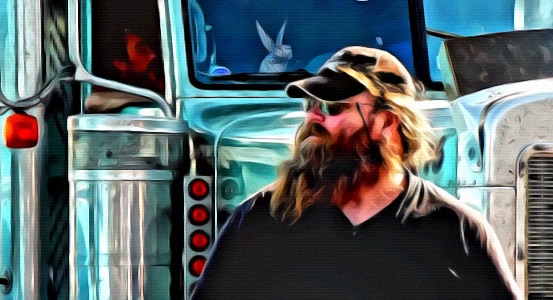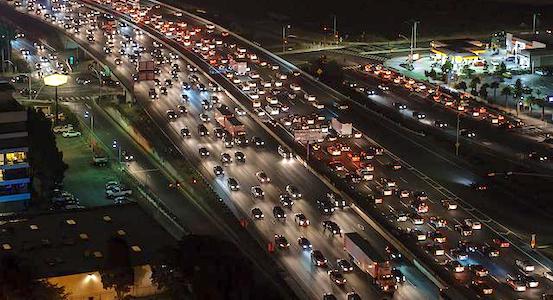
Trucking Wages
August 12, 2022
Driver Satisfaction
August 29, 2022Rolling Forward

Soon to be a Thing of the Past?
A couple of seemingly unrelated pieces of recent news help us put the future arc of the commercial freight world in clearer focus.
The State of California announced plans required all new cars to be zero-emission vehicles by 2035:
“If approved, the regulations are expected to significantly reduce vehicle carbon dioxide emissions, as well as smog-forming nitrogen oxides over the next two decades. It could also lead the way in transforming America’s aging fleet of gasoline-powered automobiles.”
The important of this cannot be overstated. California often leads the way; many other states adopt similar regulations.
For a state that already sells 43% of all the electric vehicles in the nation, this is an enormous step forward.
The effect? A reduction in pollution. A reduction in deaths from heart disease. A reduction in emergency room visits for asthma.
And over here in Texas, the state is set to receive more than $101 million from the federal government for six infrastructure projects, including:
- $13.6 million for The Port of Port Arthur Navigation District to convert an abandoned railyard, toward modernizing the cargo storage and staging area. That includes stormwater management, relocation of utilities underground. “The project will reduce truck idling and emissions, improve freight mobility and multimodal transfer capabilities, improve access to jobs and local economic development, while addressing racial equity and improving transportation resiliency.”
- $25 million “to construct over 30 miles of sidewalk in the half-mile radius of DART’s 8th & Corinth, Morrell, Illinois, and Kiest Stations” in Dallas. That includes repair and construction of inadequate or missing sidewalks and improved safety for pedestrians and transit riders. All in all, the project is designed to “improve transit access in a community where 17% of the population lacks access to a personal vehicle.”
Two of the most populated states in the country, working on major changes and infrastructure improvements. It’s designed to make the roads and public transportation safer, the air cleaner.
Here’s to cleaner lungs and fewer traffic jams.
